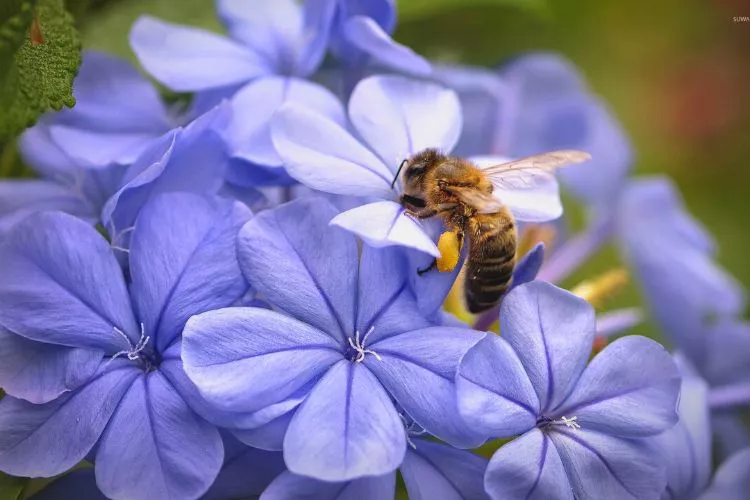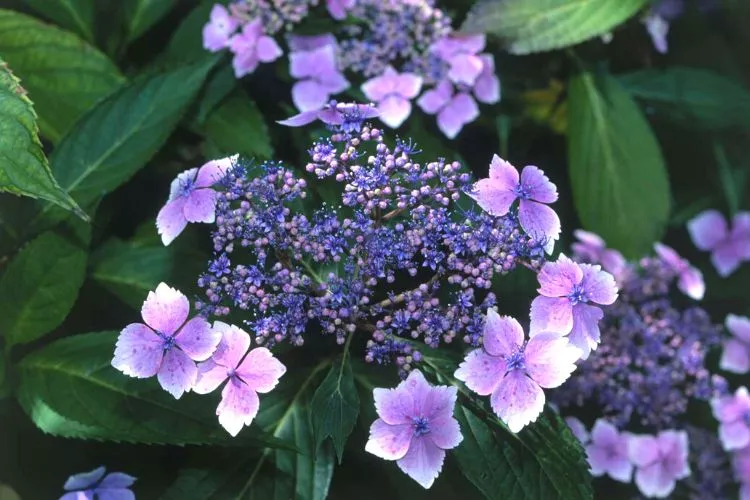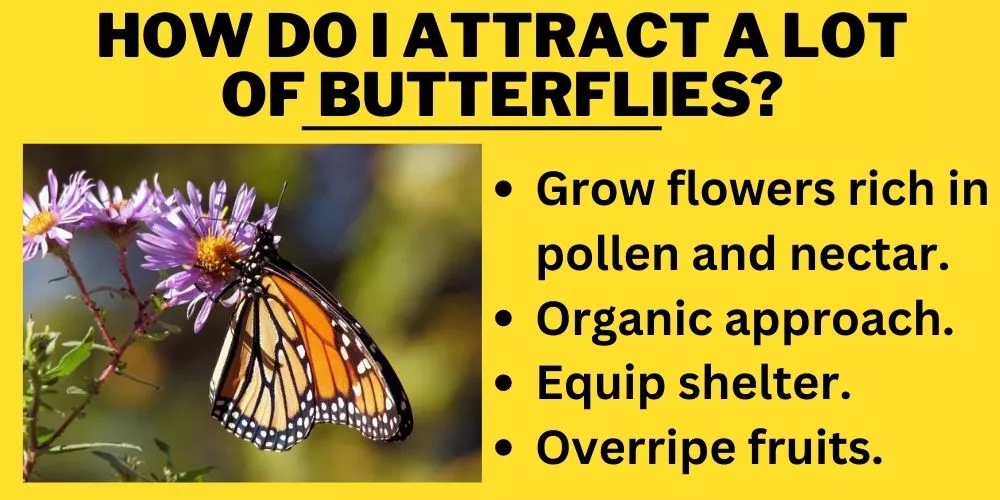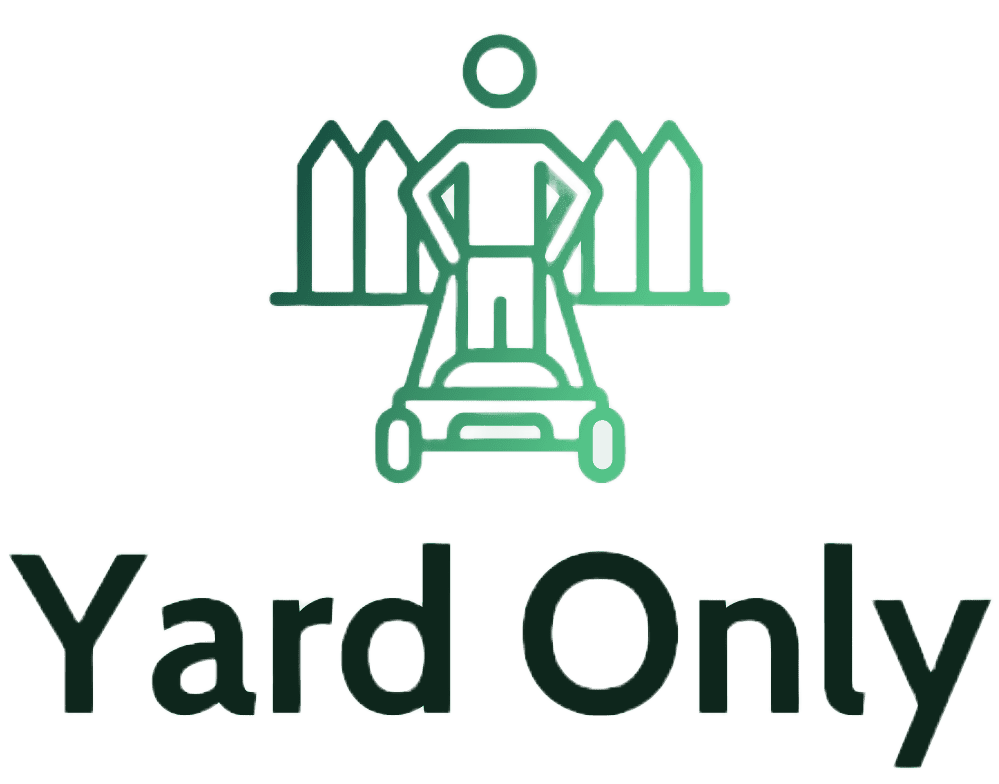One species of spectacular plant you may wish to grow in the initial phases of spring is the hydrangeas. You may find abundant varieties of hydrangeas across the country, confusing you on which to grow. Mostly all type of hydrangeas is known to attract butterflies.
Hydrangeas are the favorite plants of many creatures, insects, and regular pollinators, due to the plentiful nectar and lively colors. It thus becomes a regular visiting spot for most of these critters, such as Ants, Butterflies, Bees, Bugs, Flies, Mosquitoes, Wasps, etc.

Do hydrangeas attract butterflies?
Yes, hydrangeas do attract butterflies and you will see butterflies hovering over these beautiful plants when they bloom irrespective of the size and quantity. Butterflies are attracted to hydrangeas due to their vibrant colors.
The most favored flowers by butterflies are white, yellow, orange, and light-colored flowers, and hydrangeas suffice for these factors. Hydrangeas explode to bloom in several colors, whites, blues, greens, reds, and purples. It doesn’t constrain you to have the color your desire to suit your liking.
But depending only on hydrangeas is not advisable, and you should have a blend of different plants in your garden to attract more butterflies.
Do butterflies and bees like hydrangeas?
The bright colors and nectar scent attract most butterflies and bees to the hydrangeas. Butterflies and bees find these as a great source of food and frequently visit the plants.
Yes, butterflies and bees like most hydrangeas, but not all. There are some types that you should not consider growing in your garden, as they aren’t beneficial to pollinators.

It has been noticed that the newbie scavenger may hover on the plant and land, but will quickly leave it, due to the absence of food in the plant. Therefore, you may have to experiment and try out different combinations to attract butterflies and bees to your garden. In the next section, we will try to understand the correct flowers that attract butterflies more.
What flowers attract butterflies most?
Now that you know the answer of “do hydrangeas attract butterflies?” Here is a list of flowers that attract butterflies.
- Butterfly Bush: The name is due to this leafy shrub brags stunning flowers that lure butterflies to them. The plant grows faster and is low on the maintenance side.
- Bee Balm: Bee Balm blooms flowers in white, red, pink, purple, and lavender colors. The flowers are tube-shaped making it easier for the butterflies to suck out the nectar.
- Buttonbush: This plant bores white flowers that the butterflies cannot resist having a stop on. Buttonbush is an aboriginal to the southern and eastern in North America.
- Cornflower: Cornflower is a bright-colored flower that attracts most butterflies. You don’t have to maintain this plant thoroughly due to its self-seeds nature.
- Clove Pink: Not to follow the name, as these flowers bloom in several colors, not only in pink. Due to the gapped edges of the flowers being identical to the lacerations made with pinking scissors.
- Daylily: This flower shouldn’t be taken as a type of lily flower, but it attracts butterflies due to its nectar. The flowers are large and tube-shaped with colors yellow, red, and orange.
- F Indigo: This flower belongs to the pea family and blossoms blue, white, or yellow flowers. They generally bloom for approximately 6 weeks during initial spring times.
- Floss: Another name for Floss is Ageratum. The plant flaunts flowers of bluish-purple color and is spheroid shaped. Floss flowers generally bloom in warm climates.
- Goldenrod: It belongs to the aster family and blooms yellow flowers, attracting butterflies.
- Globe Thistle: This species is related to sunflowers. The large white or purple spheres of this flower mainly bloom in summer and attract most butterflies.
- Hollyhock: Hollyhock flowers exhibit a substantial range of colors. They generally grow in the mid-summers and provide food to the life-cycle of the painted-lady butterfly caterpillar. Since they grow to a height of 6 to 8 feet, it’s advisable to plant them at the back of the flower bed.
- Lavender: The lavender blooms purplish and silvery flowers and attract butterflies due to their looks.
- Marigolds: Marigolds not only attract butterflies and bees but also keep specific pests far from your garden. You can keep deadheading the flower to retain the blooms and keep attracting butterflies.
- Mallow: The flowers give a stunning appearance when grown in large clusters. The colors of these flowers comprise pink, purple, white, yellow, red, or orange, naturally attracting the butterflies.
- Pye Weed: It has been named after Joe Pye, an American herbalist. The plants grow tall and take time to bloom. The color of these flowers is generally solid purple-red to purple with a tinge of pink.
- Privet: Privet flowers grow fast. The flowers are of ivory white color and generally bloom in the early summer and spring. Despite being counted as a weed by some gardeners it attracts a lot of butterflies due to its adorable scent.
- Salvia: Salvia is loved by hummingbirds and butterflies as well. Salvia also known as sage produces nectar which the butterflies like.
- Stonecrop Sedum: It is a succulent and blooms its flowers with varied colors, attracting most butterflies. They make an attractive appearance with a perfect blend of colors along with the leaves and flowers to attract the butterflies.
- Sunflowers: Sunflowers have plentiful amounts of nectars. The massive size of the flowers and vibrant colors attract butterflies. In addition, more leafage makes an ideal food source for caterpillars.
- Yarrow: Yarrow flowers bloom in a bunch with soft pastels and white to vibrant yellow shades, orange, red, and gold. Some cultigens, such as ‘Red Velvet’, come with flowers having opposite center stamens.
From all the above examples, it’s evident that butterflies get attracted to flowers based on the following factors:
- Beautiful appearance.
- Scent of nectar.
- Ease of sucking out the nectar.
What animals are attracted to hydrangea?
Apart from butterflies, bees, and wasps, certain animals get attracted to hydrangea. Cats, deer, rabbits, squirrels, and groundhogs are a few species that get attracted to hydrangea plants. Cats generally like the smell. Ensure to keep cats away from hydrangea plants, as they are toxic to them if consumed.

You can protect your hydrangea plant from animals by putting a chicken wire fence or netting around the plants. To protect your hydrangea plants from bugs and beetles, consider spraying a non-hazardous insect control solution on the leaves.
How do I attract a lot of butterflies?
Here are some proven tips to attract a lot of butterflies to your garden.

Grow flowers rich in pollen and nectar
Ensure your garden has plantations rich with pollen and nectar throughout the season. Having plants such as fennel, milkweed, and dill for the butterfly larvae to feed on will be ideal.
Organic approach
Keeping organic methodology is more secure and impactful. Working alongside nature by implementing ecological procedures for plant protection will control pests and keep infections away naturally.
Take out the risk of hazardous chemicals for the butterfly by going organic. Use pesticides with extra care and selectively. Don’t use pesticides during the blossoming season, when butterflies start visiting your garden.
Equip shelter
Providing shelter to butterflies to ward off the risk from their predators will help in more butterflies visiting your garden. You can either do that naturally or artificially.
You can grow a row of bushes or place a dead tree for butterflies helping them to create their niches there. Or, you can construct nesting boxes artificially to grow pollinators in your garden.
Overripe fruits
Butterflies also love fruits along with flower nectar. Consider growing shrubs that bore berries or fruit trees and let the fruit drop onto the ground without human intervention. The rotten fruit will attract more butterflies to your garden.
Alternatively, you can place overripe fruits like bananas, watermelons, or oranges on a plate for butterflies. Ensure to protect those from other unwanted pests.
Frequently Asked Questions (fAQs)
Do monarch butterflies eat hydrangeas?
Yes, butterflies love the nectar from the hydrangeas and feed on it.
What is the butterfly’s favorite plant?
Butterflies love many flowers that are vibrantly colored and full of nectar. E.g., Joe-Pye weed, Coneflowers, Ironweed, Goldenrod etc.
What is the monarch butterfly’s favorite host plant?
Milkweed is the monarch butterfly’s favorite host plant.
What should I plant in my butterfly garden?
Butterfly love to feed on tube-shaped flowers. You can plant yarrow, verbena, butterfly bush, bee balm, Joe Pye weed, sedums, and asters of various types in your butterfly garden.
What smell attracts butterflies?
The smell of the nectar attracts butterflies. The most favored scents are apricot, apple, cherry, plum, etc.
If you want to know about hummingbirds: Do Hummingbirds Eat Seeds?
Conclusion
Hydrangeas are a bright colored flowers with a lot of nectar. Butterflies and bees along with other insects get easily attracted to them. With a properly planned garden, it’s simple to develop a butterfly garden.
Most hydrangeas flowers are tubular, making it easy for the butterflies to suck out the nectar from them. A proper sheltered garden and making provision for the butterfly caterpillar to feed upon, will attract more butterflies to your garden.
